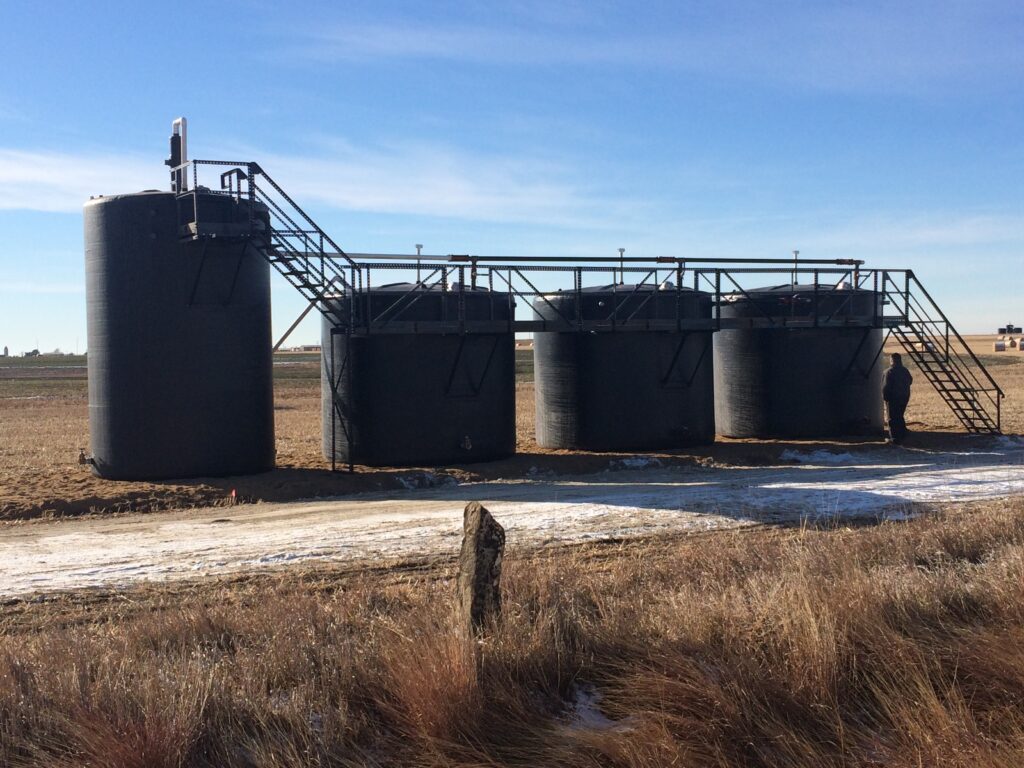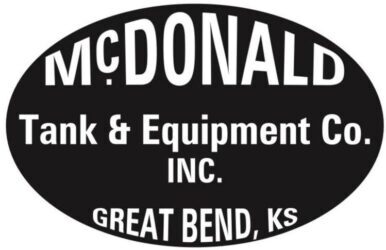
The Function and Structure of Steel Storage Tanks
Steel storage tanks are essential infrastructure components used for storing liquids and gases in various industries such as gasoline, chemicals, food, and more. These tanks play a crucial role in economic development and national defense. This article provides a comprehensive overview of steel storage tanks, including their classification, standards, materials, structures, foundations, fabrication, and accessories.
Classification of Steel Storage Tanks
Steel storage tanks come in various types based on different criteria:
- By Position:
- Ground storage tank
- Underground storage tank
- Half underground storage tank
- Marine tank
- Seabed tank
2. By Type of Contents:
- Crude oil tank
- Fuel oil tank
- Lubricating oil tank
- Edible oil tank
- Firewater tank
3. By Purpose:
- Production oil tank
- Storage oil tank
4. By Type:
- Vertical storage tank
- Horizontal storage tank
5. By Structure:
- Storage tank with fixed roof
- Storage tank with floating roof
- Spherical tank
6. By Capacity:
- Large storage tank (above 100m³)
- Small storage tank (under 100m³)
Standard of Steel Storage Tanks
Various standards govern the construction of steel storage tanks, including:
- API650
- BS2654
- JISB8501
- DIN4119
- SYJ1016-82
- SH3046-92
Materials of Steel Storage Tanks
Storage tanks are constructed using two main categories of materials:
- Tank Materials: Divided into low-strength steel and high-strength steel, depending on their tensile yield strength. High-strength steel is used for larger oil tanks, while carbon steel is used for accessories like wind rings, shafts, and staircases.
- Accessories Materials: Accessories such as wind ring beams, fore shafts, spiral staircases, and rails are typically made of carbon steel. Common types of steel for oil tanks include 20R, 16Mn, 16MnR, Q235, Q345, and A36.
Structure of Steel Storage Tanks
Three popular types of steel storage tanks include:
- Storage Tank with Arch Roof
- Features a ball-coronary roof and columniform tank.
- Simple construction and cost-effective.
- Commonly used volumes range from 1000 to 10,000m³.
- Bottom is assembled from steel plates, including center and margin plates.
- Tank shell is butt-welded by round steel plates, with two types of joints: sleeve and linear.
2. Floating Roof Tank
- Comprises a floating roof on the liquid surface and a vertical cylindrical tank wall.
- Provides a ring seal between the floating roof edge and the tank wall.
- Reduces volatile emissions.
- Bottom features arched edge plates.
- Wall requires smooth butt welds.
- Open design with added wind beams and reinforcing rings for stiffness.
3. Inner Floating Roof Tank
- Used for storing light oils, such as gasoline and aviation kerosene.
- Features a straight wall with a vaulted roof.
- Wall plate butt-welding system.
- Offers two structures: steel floating roof and aluminum floating roof.
Foundation of Steel Storage Tanks
Steel storage tanks require suitable foundations based on local soil conditions. Common foundation types include:
- Protection Foundation
- Ring Wall Foundation
- Outer Ring Wall Foundation
The selection of the foundation depends on soil bearing capacity, settlement requirements, and site limitations. The construction process involves excavation, reinforced concrete work, backfilling, and slope protection, among other steps.
Storage Tank Fabrication and Installation
The construction process involves two main phases: semi-precast and on-site installation. Semi-finished tank components are prefabricated, including the tank bottom, walls, and top. On-site installation methods include flip chip construction, formal construction, and special formal construction techniques.
Tank Accessories
Various accessories enhance the functionality and safety of steel storage tanks. Common tank accessories include winding staircases, barriers, bridges, manholes, light holes, cleaning or discharge holes, and oil holes. These accessories are vital for maintenance, inspection, and efficient operation of the tanks.
Conclusion
Steel storage tanks are critical components in multiple industries, serving as essential storage vessels for various liquids and gases. Understanding their classification, standards, materials, structures, foundations, fabrication, and accessories is essential for safe and efficient operation in industrial applications. Proper design, construction, and maintenance of these tanks are crucial for ensuring the integrity and longevity of storage facilities.
